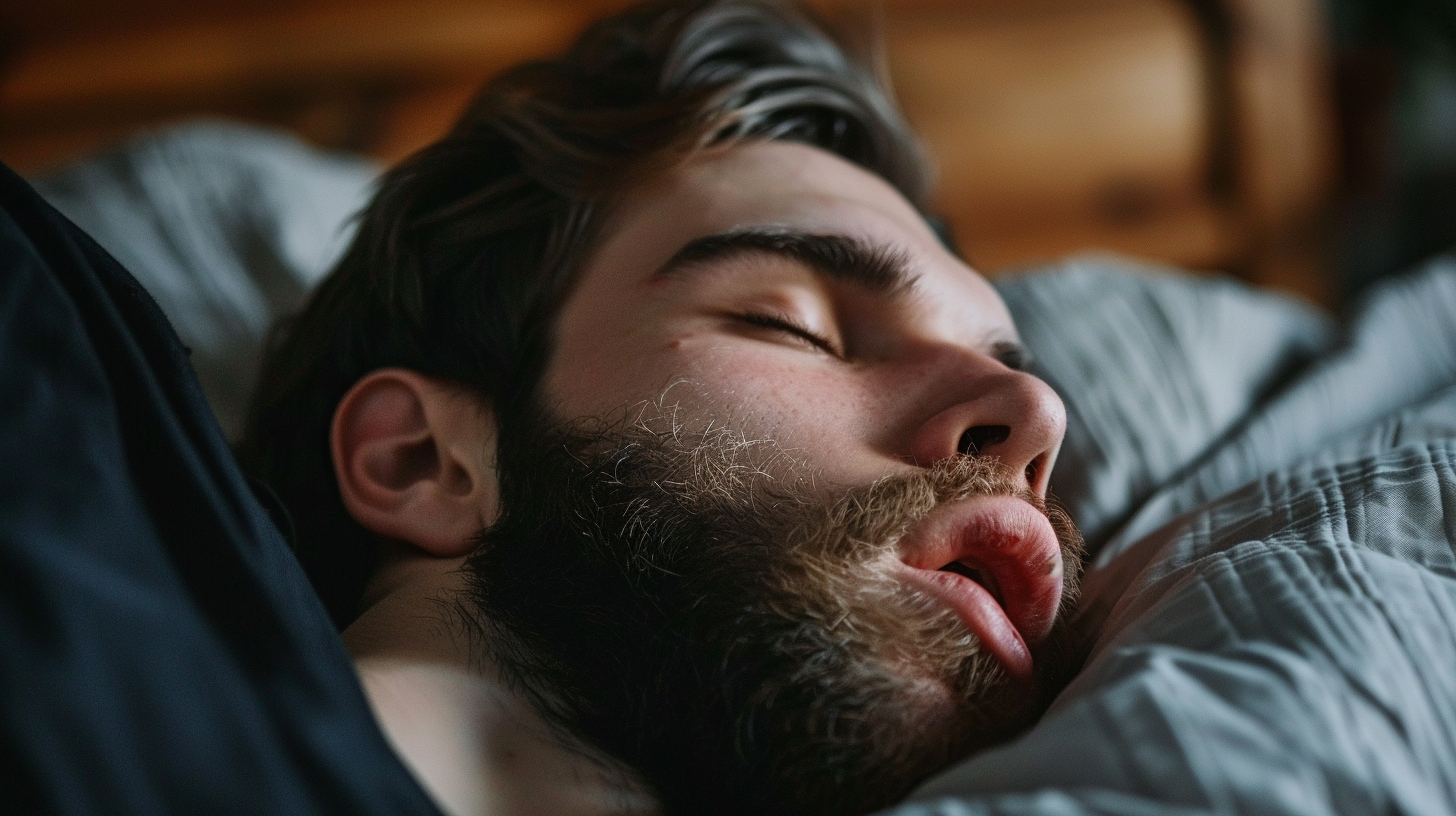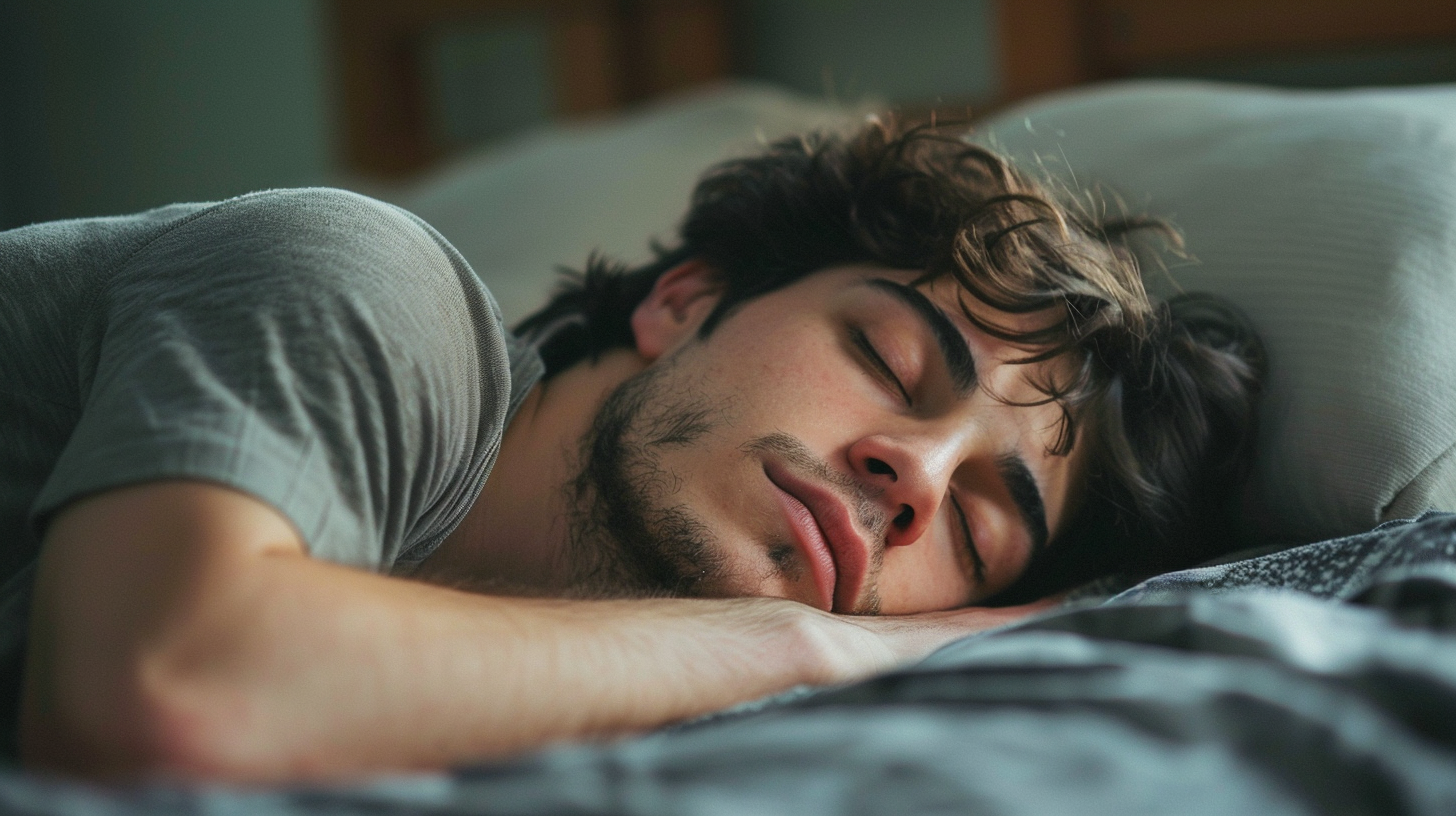Mouth taping—once a niche technique among elite runners, swimmers, and cyclists—has now entered the mainstream. But you don’t need to be an Olympian to benefit from better breathing. At BreatheWorks, we help everyday people use simple airway strategies, like mouth taping, to improve sleep, energy, focus, and physical performance.
Why Nasal Breathing Matters for Performance
Nasal breathing does more than just filter the air—it transforms the way your body performs and recovers:
- Efficient Oxygen Delivery: The nose humidifies and warms air, supports nitric oxide production, and improves how your body absorbs oxygen—all of which enhance stamina and reduce fatigue.
- Steadier Energy: Nasal breathing slows your respiratory rate, leading to calmer nerves, balanced pH, and better stress management—on the track or at the office.
- Enhanced Recovery: Breathing through the nose helps keep your breathing deep and controlled, activating the parasympathetic (rest-and-digest) system for faster post-exercise recovery.
Real Athletes Using Mouth Taping
1. Patrick McKeown and the Buteyko Method
Irish breathing coach Patrick McKeown, author of The Oxygen Advantage, has trained world-class athletes—including professional cyclists and international rugby players—to tape their mouths during sleep and some training sessions.
Result: These athletes report improved sleep quality, reduced exercise-induced asthma, and better race-day endurance.
2. Olympic Swimmers
Some Olympic-level swim coaches encourage nasal breathing drills and even gentle mouth taping at night to help swimmers reduce mouth breathing during high-pressure meets, decrease dry mouth, and recover faster between events.
3. NFL and NBA Players
- According to Breathe by James Nestor, several NFL and NBA teams have worked with breathing specialists to incorporate nasal breathing and mouth taping during sleep as part of their training regimens.
- Result: Athletes reported improved mental clarity, fewer colds, and more stable energy during games.
4. Recreational Runners and Cyclists
- Everyday athletes use mouth taping during sleep and sometimes even during long, low-intensity runs or rides to stay in the “aerobic” zone.
- Many report better sleep, easier breathing on hills, and reduced side stitches or cramps.
What Does the Science Say?
- A 2022 study found that mouth taping significantly reduced snoring and improved sleep quality in adults with mild obstructive sleep apnea (Huang et al., 2022).
- Performance research: Training with nasal breathing can lower perceived exertion, improve oxygen efficiency, and reduce exercise-induced bronchospasm—even in non-elite athletes (Morton et al., 2023).
- Faster recovery: Athletes who nose-breathe recover heart rate and breathing rate more quickly post-exercise, reducing total recovery time.
Benefits for Everyday Life—Not Just Sports
- Wake up with more energy and clearer focus
- Fewer midday crashes or brain fog
- Less mouth dryness, throat irritation, or dental issues
- Improved mood, stress resilience, and productivity
Mouth taping at night is a simple way to cue your body for nasal breathing, even if you aren’t training for a marathon. Many people find that after a few weeks of taping, their body “remembers” to keep the mouth closed, with or without tape.
Safety First: Who Should Avoid Mouth Taping?
Not everyone should try mouth taping. Avoid it if you:
- Can’t comfortably breathe through your nose (due to congestion or structural issues)
- Have moderate or severe sleep apnea (not managed by a doctor)
- Are under 5 years old, or have neurological or medical conditions affecting breathing
Always check with a healthcare or airway specialist before starting.
How to Try Mouth Taping Safely
- Use only medical-grade, hypoallergenic tape (never duct tape or regular first-aid tape)
- Start with a small vertical strip—don’t fully seal your lips
- Try for a short nap before using overnight
- Remove immediately if you feel discomfort, panic, or trouble breathing
How BreatheWorks Can Help
At BreatheWorks, we help patients of all backgrounds discover safer, healthier breathing—whether through myofunctional therapy, airway assessment, or collaborative care with ENT and dental professionals.
Mouth taping is sometimes a helpful cue, but it’s just one tool. Our focus is on helping you build lasting, effortless nasal breathing habits for life.
Ready to improve your performance, focus, and recovery—without being an elite athlete? Explore safe nasal breathing strategies with a BreatheWorks clinician. Small changes in your nighttime routine can make a big difference in your day.



